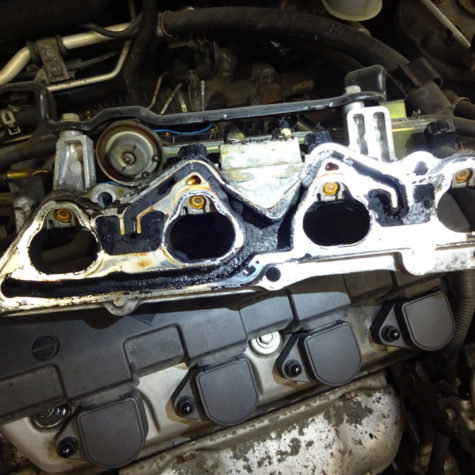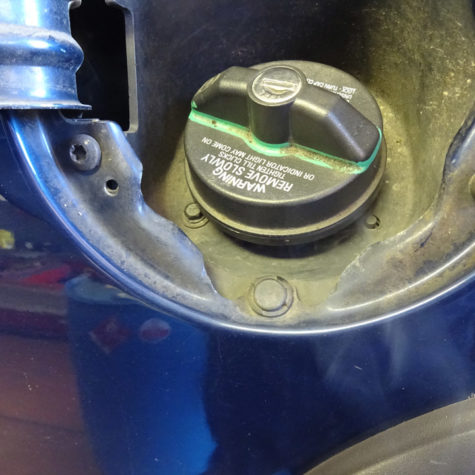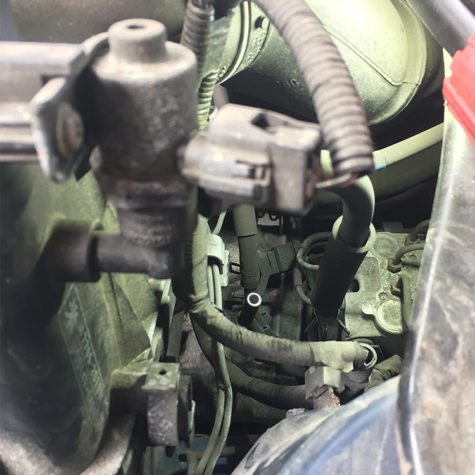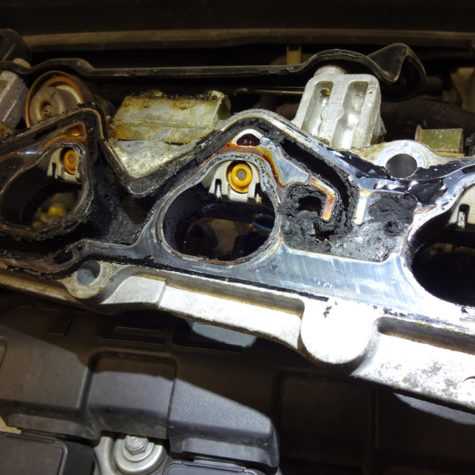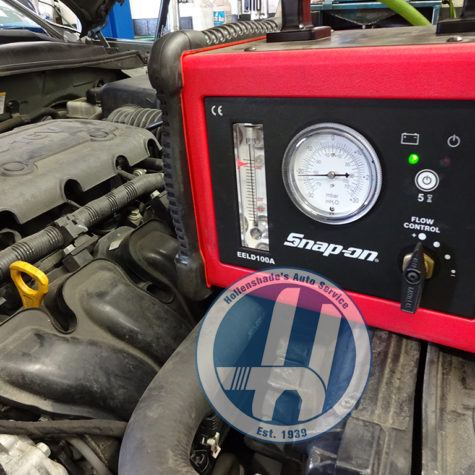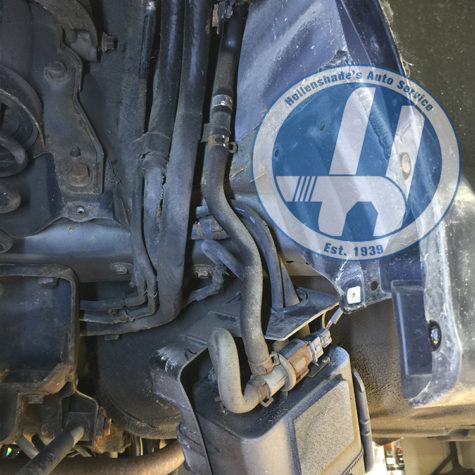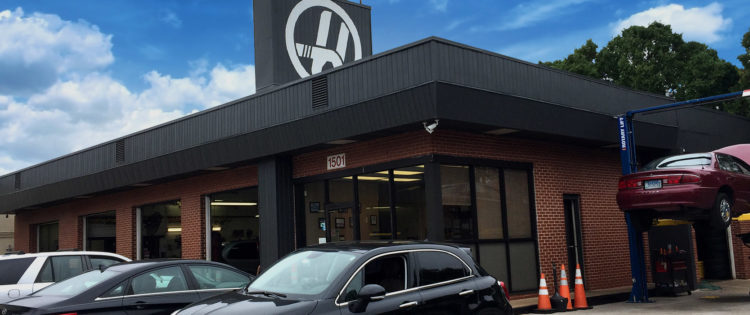
Emissions System Components
PCV
The positive crankcase ventilation system is an important subsystem within the air intake system that helps reduce emissions. The crankcase ventilation system routes normal crankcase vapors from the combustion process into the air intake system instead of discharging the vapors into the atmosphere. During the power stroke cycle, the vapors are consumed during combustion.
The Evaporative Emission (EVAP) control system collects hydrocarbons released from fuel in vapor form, which have collected in the fuel tank. The vapors are then stored in a canister filled with active carbon. During normal operating conditions, engine vacuum pulls the vapors into the induction system where they are consumed during combustion. Click here to READ MORE!
EGR
The Exhaust Gas Recirculation (EGR) system allows exhaust gases to enter the engine cylinders. This reduces the temperature of combustion and the production of nitrogen oxides (NOx). The EGR system is a NOx reduction technique used in most gasoline and diesel engines. EGR works by recirculating a portion of an engine’s exhaust gas back to the engine cylinders, thus decreasing the combustion temperatures.
Emission System Check Engine Light Codes
| P0441 | |
| P0442 | |


